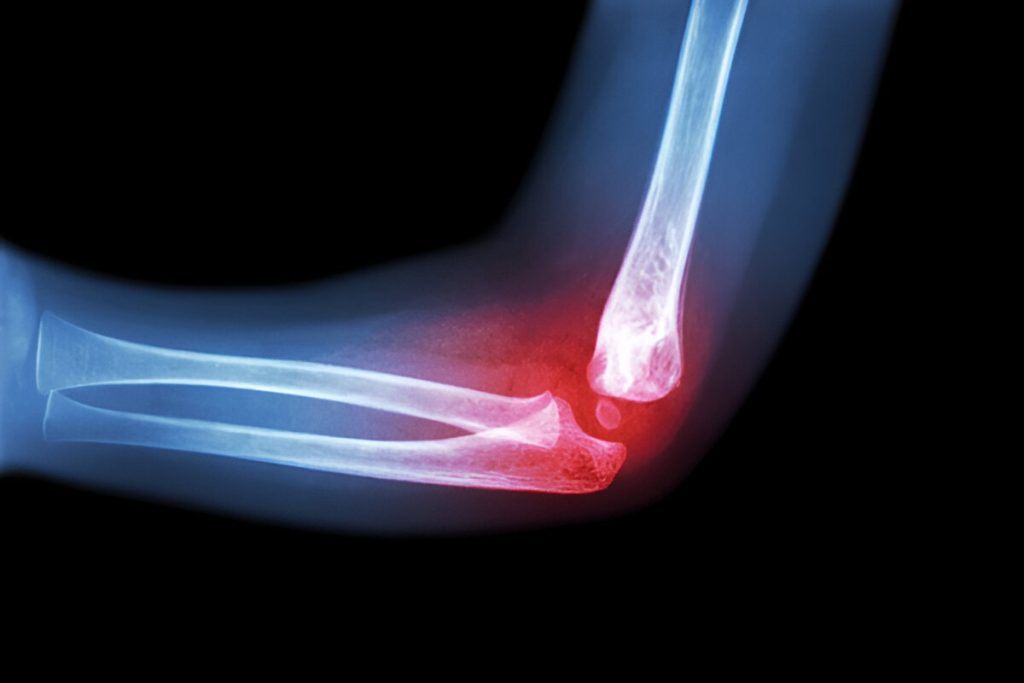What Is the LCL?
The lateral collateral ligament (LCL) of the elbow — also called the radial collateral ligament — is a key stabilizing structure on the outer (lateral) side of the elbow joint. It connects the lateral humerus (upper arm bone) to the radius (forearm bone) and helps resist varus stress, which pushes the forearm toward the body. The LCL also works with surrounding structures to maintain elbow stability during motion and protect against dislocation.
What Is an LCL Injury?
An LCL injury occurs when the ligament is stretched, partially torn, or completely ruptured, often as a result of trauma, overuse, or repetitive strain. When the LCL becomes insufficient, it can lead to posterolateral rotatory instability (PLRI) — a condition where the elbow feels unstable or like it might “give out,” especially during pushing or weight-bearing activities.
Causes and Risk Factors
-
Elbow dislocation (especially posterior)
-
Falling on an outstretched hand
-
Overuse from repetitive weight-bearing with an extended arm
-
Prior elbow surgery (e.g., over-aggressive lateral approach)
-
Chronic ligament laxity or instability
Symptoms of an LCL Injury
-
Pain on the outside (lateral) of the elbow
-
A clicking, catching, or popping sensation during movement
-
Feeling of instability or “giving way,” especially when pushing up from a chair or doing a push-up
-
Weakness with gripping or lifting
-
Difficulty with daily tasks like pushing doors or stabilizing objects
Diagnosis
Diagnosis often includes:
-
Physical exam including specialized tests like:
-
Posterolateral rotatory drawer test
-
Chair push-up test
-
-
Imaging:
-
MRI to confirm ligament damage
-
X-rays to evaluate for bone or joint abnormalities
-
CT scan if subtle instability or bony changes are suspected
-
Treatment Options
Non-Surgical Management
Effective in mild or partial tears:
-
Rest and activity modification
-
Elbow bracing or taping for stability
-
Anti-inflammatory medication
-
Physical therapy to strengthen surrounding muscles and improve dynamic stability
Surgical Treatment
Required for chronic instability or complete tears:
-
LCL reconstruction or repair using a tendon graft or sutures
-
Posterolateral corner stabilization if other supporting structures are involved
-
Often performed arthroscopically or through a small lateral incision
Recovery Timeline
-
Non-surgical rehab: 6–12 weeks, with gradual return to activity
-
Post-surgical recovery:
-
Initial immobilization: 1–2 weeks
-
Progressive strengthening: 2–4 months
-
Return to sport/activity: 4–6 months, depending on stability and function
-
Specialized Elbow Care at Kerlan Jobe Institute
LCL injuries can be subtle yet disabling. At Kerlan Jobe Institute, our orthopedic specialists offer advanced diagnostics and surgical expertise to restore elbow stability and function — whether you’re recovering from trauma or facing chronic instability.

